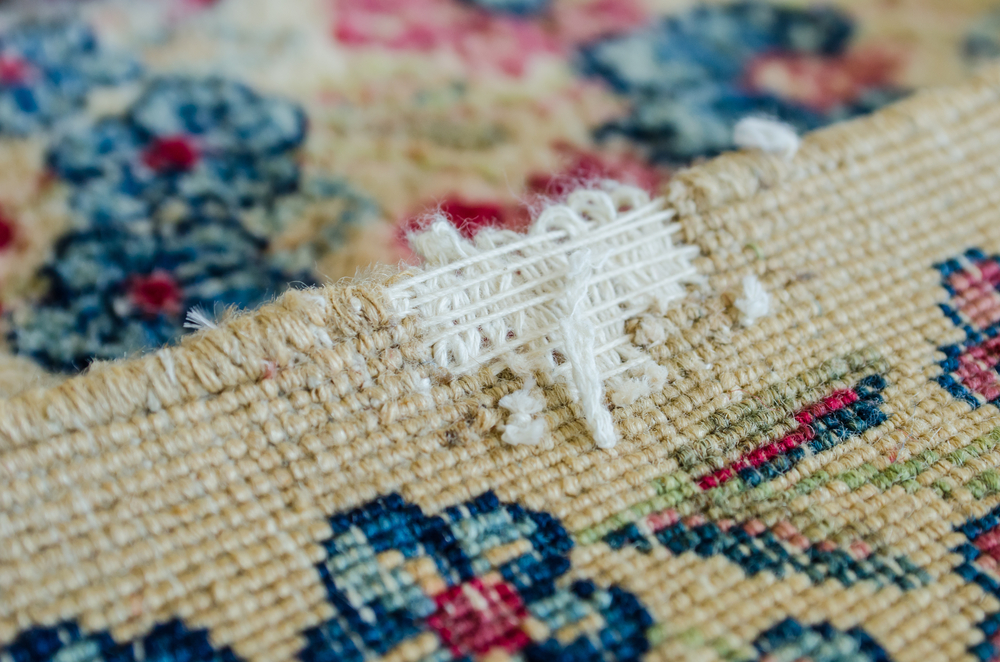A carpet can be the foundation of comfort and style within a home, providing warmth underfoot and enhancing the aesthetic appeal of any room. However, over time, carpets endure wear and tear, resulting in damage that can detract from their beauty and functionality.
In this comprehensive guide, we delve into the art of carpet restoration, equipping you with the knowledge and techniques needed to address various types of damage effectively. From assessing the extent of the damage to executing precise repair methods, each step is carefully outlined to ensure optimal results.
Firstly, we’ll explore how to assess the damage, guiding you through the process of identifying different types of carpet damage and determining their severity.
Subsequently, we delve into the heart of the matter: repair techniques. Whether you’re patching up holes, addressing tears, or tackling burns and discolorations, we provide detailed instructions and tips to guide you through each process effectively.
By the end of this guide, you’ll be equipped with the expertise to tackle any carpet damage with confidence, restoring your carpet’s beauty and functionality for years to come. Let’s embark on this journey to revive and renew your carpets, transforming your living space into a haven of comfort and elegance.
Assessing Damage
Before diving into the repair process, it’s crucial to thoroughly assess the damage inflicted on your carpet. This initial step serves as the foundation for crafting an effective carpet repair strategy tailored to the specific needs of your carpet.
Firstly, identify the type of damage your carpet has endured. This could range from common issues such as stains, tears, or burns to more specialised damage like pet-related incidents or water damage. Understanding the nature of the damage will dictate the appropriate repair techniques and materials needed.
Once you’ve identified the type of damage, it’s essential to gauge its severity. Assess the extent of the damage to determine whether it’s localised, widespread, superficial, or structural. This evaluation will help you prioritise repairs and allocate resources accordingly.
In essence, the assessment phase sets the stage for successful carpet repair, providing valuable insights that inform subsequent repair decisions. With a thorough understanding of the damage at hand, you can proceed confidently to the preparation and repair phases, equipped with the knowledge needed to revive your carpet’s beauty and functionality.
Repair Techniques
Once you’ve assessed the type and severity of damage to your carpet, it’s time to delve into the various repair techniques available.
This section will guide you through the step-by-step process of addressing different types of damage effectively.
- Patching Holes or Tears: For carpets with holes or tears, patching is a common and effective repair method. Begin by trimming any frayed edges around the damaged area, ensuring a clean and even surface. Then, carefully measure and cut a patch from a spare carpet or a matching remnant, making sure it’s slightly larger than the damaged area.
- Restoring Burns or Discoloration: Burns and discoloration can be more challenging to repair, but with the right techniques, you can restore your carpet’s appearance. For minor burns, carefully trim away the damaged fibres using sharp scissors, then use a carpet repair kit to fill in the area with matching fibres.
By mastering these repair techniques, you’ll be equipped to tackle a variety of carpet damage effectively, restoring your carpet’s beauty and prolonging its lifespan.
Implementation
With a clear understanding of the repair techniques required and the necessary materials gathered, it’s time to implement the chosen repair method.
Follow these steps carefully to ensure a successful restoration of your damaged carpet:
- Step-by-Step Repair Process: Begin by carefully following the specific steps outlined for the chosen repair technique, whether it’s patching holes, addressing tears, or restoring burns. Take your time and work methodically, ensuring precision at each stage of the process.
- Tips for Effective Execution: Throughout the repair process, keep in mind key tips and best practices to enhance the effectiveness of your efforts. These may include applying adhesive evenly, using sharp tools for clean cuts, and allowing sufficient drying time for adhesives or dyes.
By implementing these techniques and tips with diligence and attention to detail, you can achieve professional-quality results in restoring your damaged carpet.
Finishing Touches
After completing the repair process, it’s essential to add finishing touches to ensure seamless integration of the repaired areas with the rest of the carpet.
Paying attention to these final details will enhance the overall appearance and longevity of your carpet repair.
- Blending Repairs with the Surrounding Carpet: Carefully inspect the repaired areas to ensure they seamlessly blend with the surrounding carpet. Gently brush or vacuum the repaired sections to align the fibres and promote a uniform appearance.
- Final Inspections and Touch-Ups: Conduct a thorough inspection of the entire repaired area, scrutinising for any imperfections or inconsistencies. Address any minor flaws or unevenness with additional touch-ups, such as trimming stray fibres or adjusting adhesive application.
By meticulously attending to these finishing touches, you can elevate the quality of your carpet repair and ensure long-lasting results that blend seamlessly with your home’s decor. With proper care and maintenance, your repaired carpet will continue to enhance your living space for years to come.
Conclusion
In conclusion, knowing how to repair damaged carpets is a valuable skill that can breathe new life into your living space while extending the longevity of your flooring investment. Throughout this guide, we’ve explored the essential steps and techniques required to effectively address various types of carpet damage, from stains and tears to burns and discoloration.
By meticulously assessing the damage, preparing the necessary tools and materials, and implementing precise repair techniques, you can achieve professional-quality results that restore your carpet’s beauty and functionality.
With dedication, patience, and attention to detail, you can transform a damaged carpet into a pristine surface that enhances the aesthetic appeal and comfort of your home.
By following the guidelines outlined in this guide, you can enjoy the benefits of a beautifully restored carpet for years to come.



